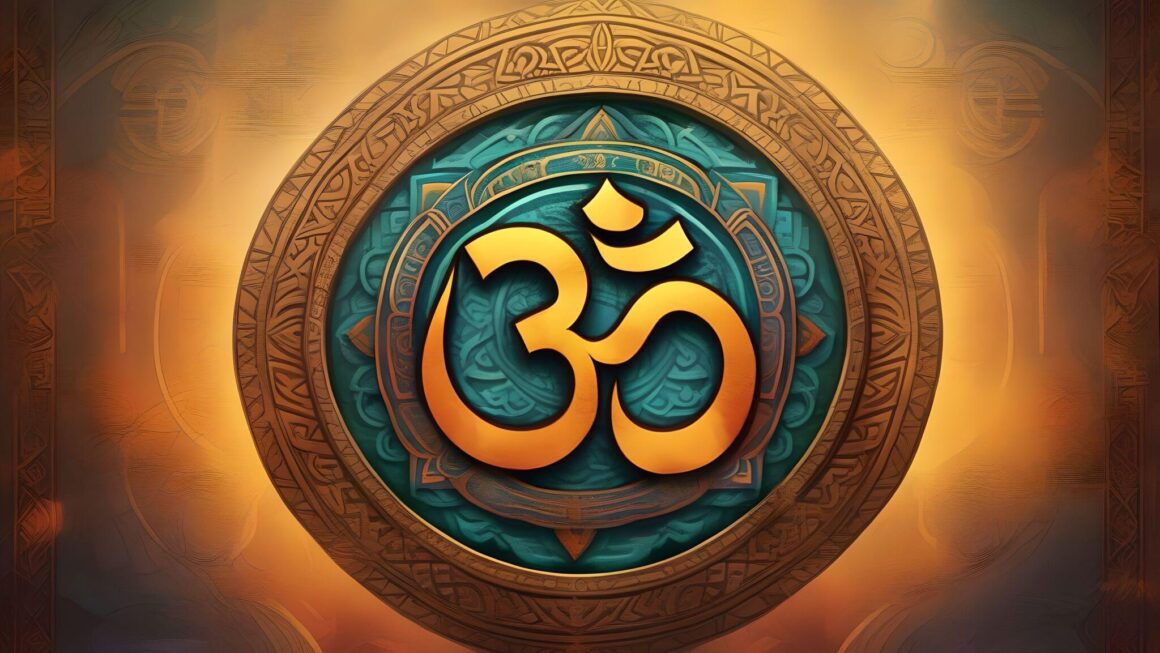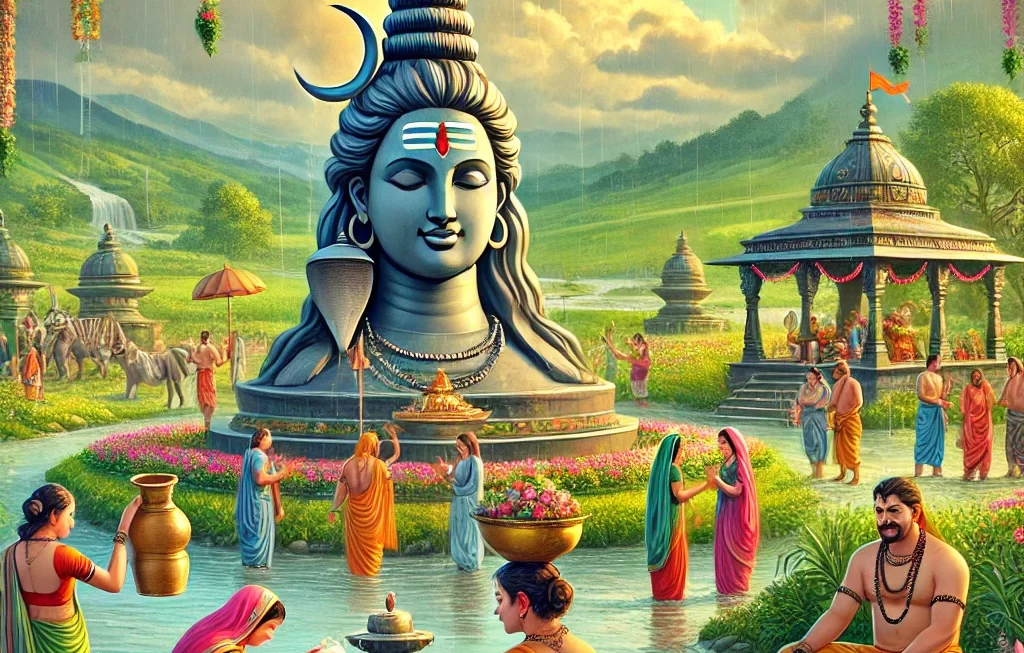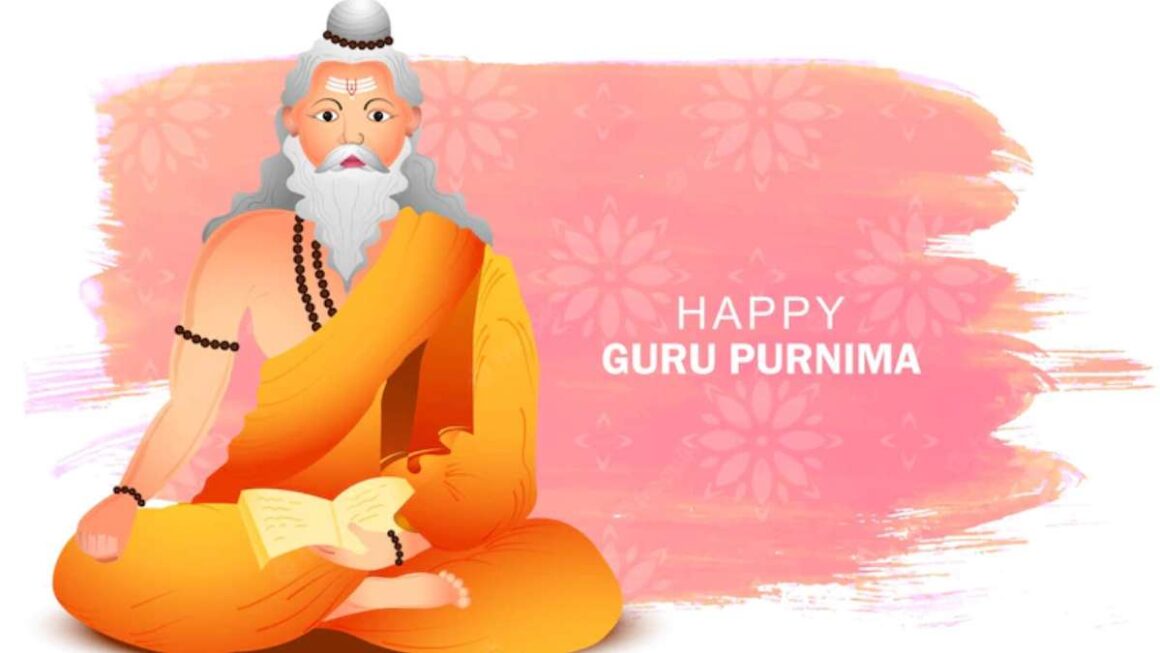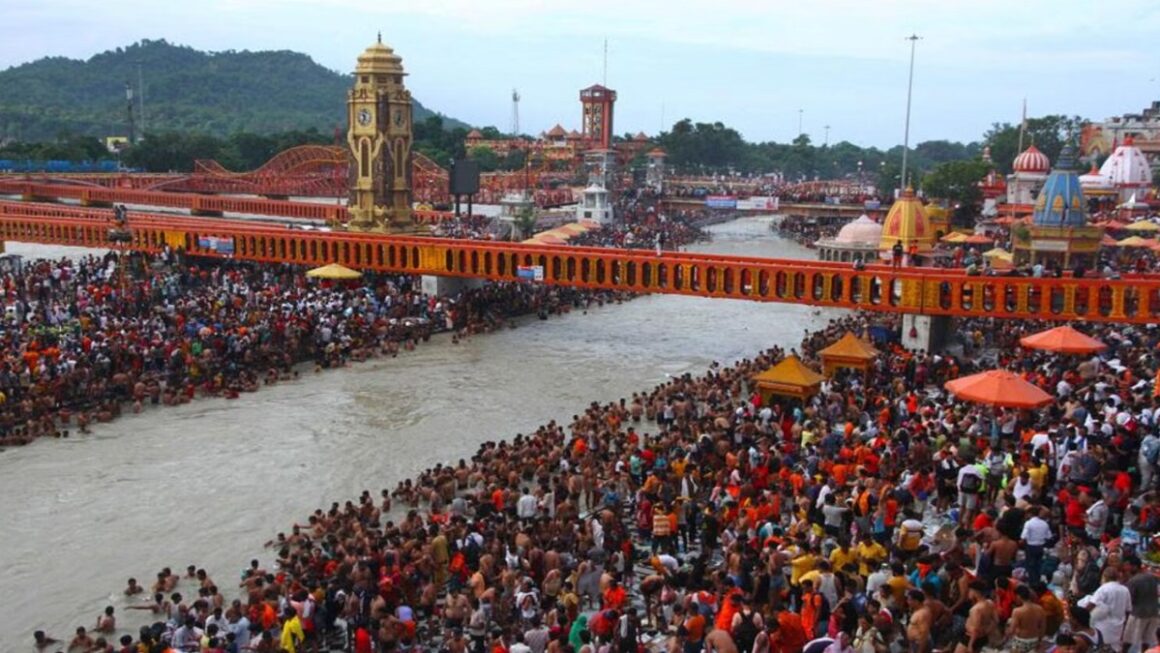Rudraksh ki mala bhi main hoon
Kripan, kataar aur bhala bhi main hoon
Shwet bhi hoon, aur shudh bhi main hoon
Virudh ho gar mere, toh yudh bhi main hoon
Tumhein milne wala sharan bhi main hoon
Jeewan daayi hoon, par than jaaye toh maran bhi main hoon
Itihaas mein baha aansoo aur khoon bhi main hoon
Tumhari ragon mein daudta junoon bhi main hoon
Tumhein kehke milega, wo sukoon bhi main hoon
Ki iss dharti ka main Kendra bindu hoon
Pranaam! Main Hindu hoon!
In the grand theater of world religions, where every faith is a meticulously choreographed ballet, Sanatan Dharma dances to the beat of its own drum—sometimes offbeat, often freestyle. Let’s embark on a whimsical journey through the aisles of this ancient yet adaptable philosophy, which is more a ‘choose-your-own-adventure’ than a ‘follow-the-leader’ story.
The Art of Spiritual Comparison
While other religions often resemble a high-stakes game of Simon Says—follow the scriptures, adhere to the rituals, and please don’t improvise—Sanatan Dharma casually lounges in the back, sipping chai and watching the show. To be a Christian, you might need to measure up to the Biblical yardstick. A Sikh must pay homage to all ten Gurus and the revered Sri Guru Granth Sahib, not to mention a certain aversion to the relaxed Sanatan narrative is a must. And as for Islam, the Quran Sharif and its accompanying rituals are non-negotiable.
Enter Sanatan Dharma, which operates on the principle of ‘anything goes’. Believe in the Vedas or don’t; adore Krishna, Shiva, or none of the above; engage in rituals or simply roll your eyes at them. It’s all good.
A La Carte Belief Systems
Sanatan Dharma is your spiritual buffet. Monotheist? Fill your plate. Polytheist? Get a second helping. Agnostic? Well, perhaps just have a glass of water and watch others eat. The essence of this ancient dharma is its refusal to mandate a ‘one-size-fits-all’ belief system. It’s the epitome of religious freedom, with a side of existential liberty. Pray fervently at the break of dawn or don’t bother getting out of bed—Sanatan Dharma won’t judge.
Rituals? Optional!
In a world where religious practices often come with a handbook, Sanatan Dharma tosses the manual out the window. Fasting is less about spiritual obligation and more akin to personal preference—akin to choosing between a salad or a cheeseburger based on your mood rather than a divine directive. Prayers can be as fervent or as absent as one’s heart desires, making every ritualistic practice a personal choice, not a celestial command.
Basking in Historical Pride
With a history that stretches back over 5000 years, Sanatan Dharma could very well hold a seniority complex. Yet, it doesn’t. Instead, it humorously muses, “What would have become of the world without us?” Imagine a world history class without the colorful tales of Ramayana and Mahabharata, or philosophy without the introspective depth of the Upanishads. Sanatan Dharma adds a rich layer to the global cultural quilt, and it does so with a nonchalant shrug, as if it’s all in a day’s work.
Conclusion: The Ultimate Spiritual Freestyle
Sanatan Dharma is not just a religion; it’s a lifestyle choice with a healthy dose of self-awareness and a sprinkle of humor. It doesn’t demand solemnity or sanctimony. Instead, it invites everyone to find their own path—be it devout, skeptical, or utterly indifferent. In the rigid world of do’s and don’ts prescribed by many faiths, Sanatan Dharma offers a refreshing message: Come as you are, believe as you wish, and take spirituality with a grain of salt—or a whole saltshaker, if that’s your preference.
In this way, Sanatan Dharma isn’t just flexible; it’s liberating, reminding us that in the grand narrative of life and belief, sometimes the best path is the one you pave yourself, with a wink and a nudge rather than a stern pointing finger.




